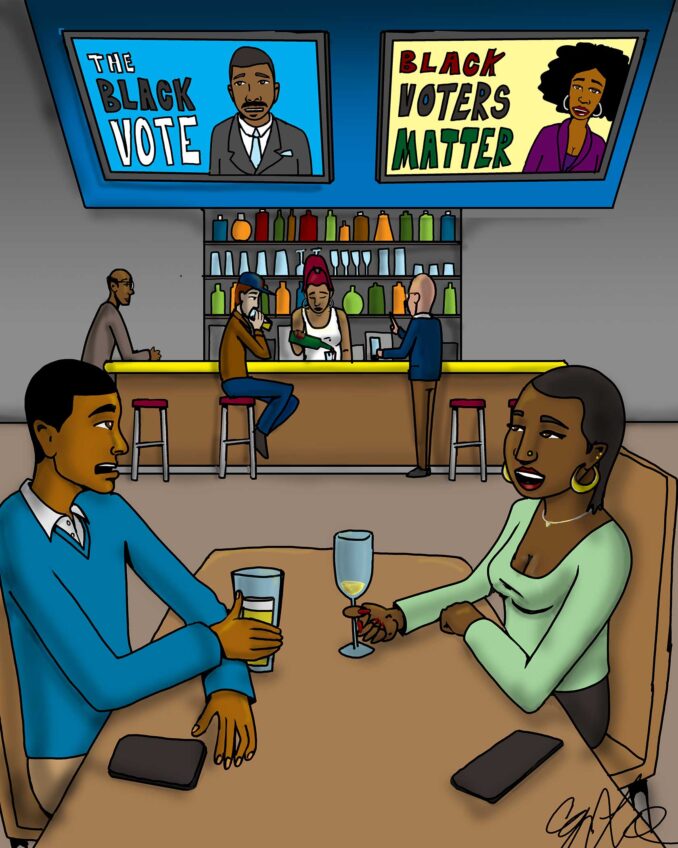A coalition of Asian organizations have joined the lawsuit against Harvard University for alleged racial discrimination in admissions. They charge that less qualified applicants of other races have received acceptance letters denied to Asians only because of bigotry against Asians.
The largest Asian immigrant group is the Chinese who began coming to the U.S. in the 19th century. They came primarily as laborers to build the transcontinental railroads and to work in the mines. The primary port of entry was California, and by 1870 Chinese were 8.6 percent of California’s population. The Chinese then accounted for 25 percent of the state’s workforce.
The Chinese were derisively called “coolies” and they suffered racial discrimination. In 1882 the U.S. passed the Chinese Exclusion Act to eliminate immigration. Therefore, there is a historical basis for Chinese and other Asians to feel discriminated against because of their race.
As is often the case, immigrants to the U.S. are inspired by the “American Dream” and find a way to prosper. Now Asians have attained the highest household income of any racial group in the U.S. Their estimated median household income is $80,720, almost $20,000 more than the $61,349 comparable income for white households and African Americans are at the bottom of the list with median household income of only $38,555.
Major universities have established strategies to provide more academic opportunities for students from low income families. Harvard waives fees for tuition, or room and board for students from families with an income of $65,000 or less. As a consequence, Harvard was able to admit a student body in 2017 that was less than 50 percent white. Of those students admitted, 22.2 percent were reported to be Asian although Asians constitute only 5 percent of the total U.S. population.
With such a disproportionate rate of acceptance to Harvard, it is difficult to understand how Asians could insist upon even more admissions. Harvard should be permitted to maintain its standard as a highly respected diverse world class university rather than to be required to become a finishing school for ambitious Asians.






